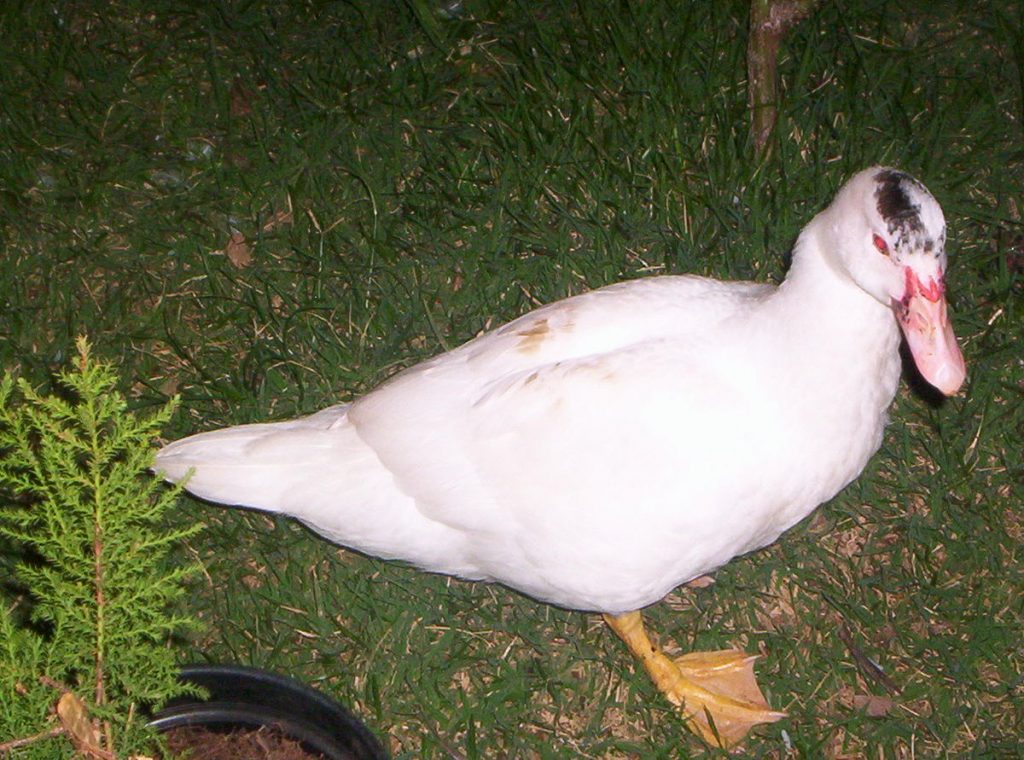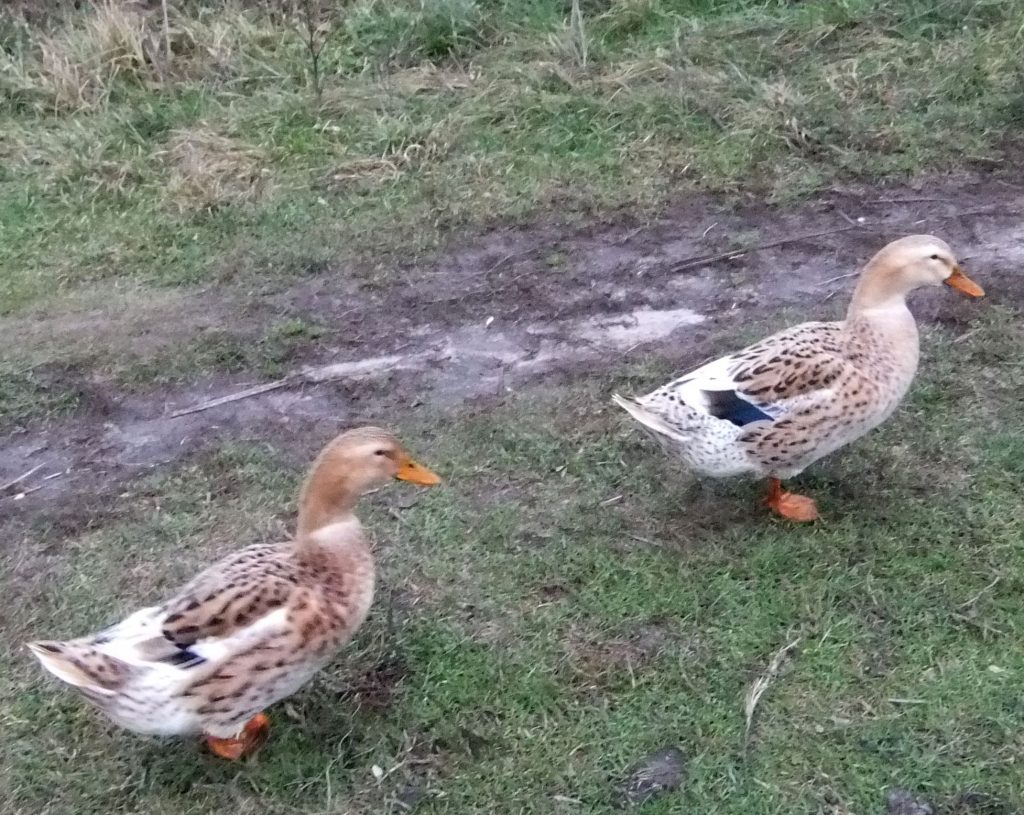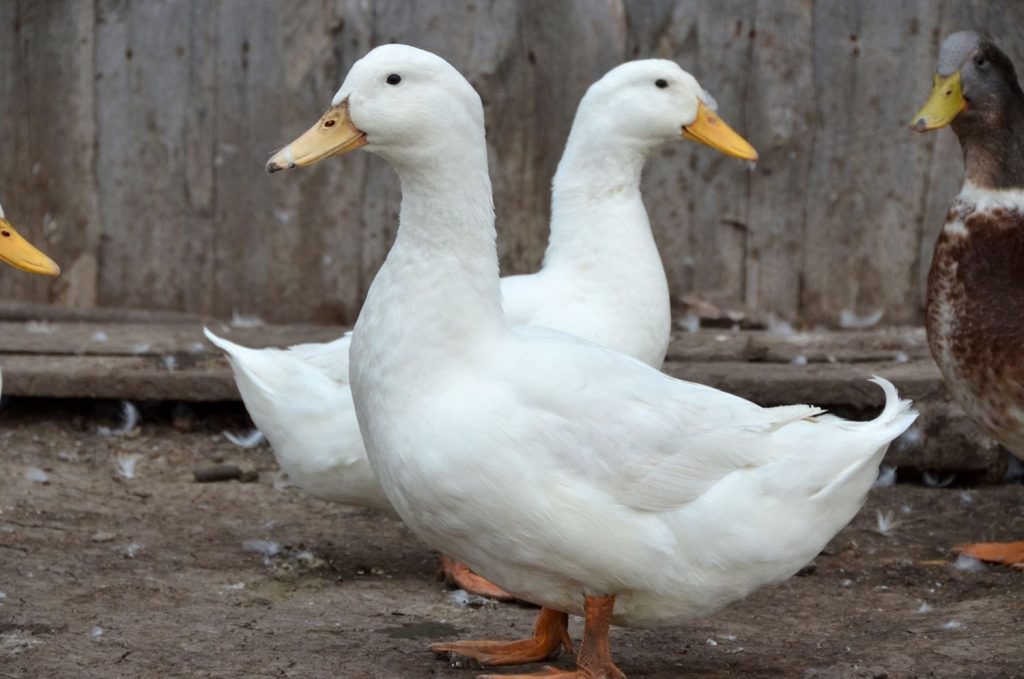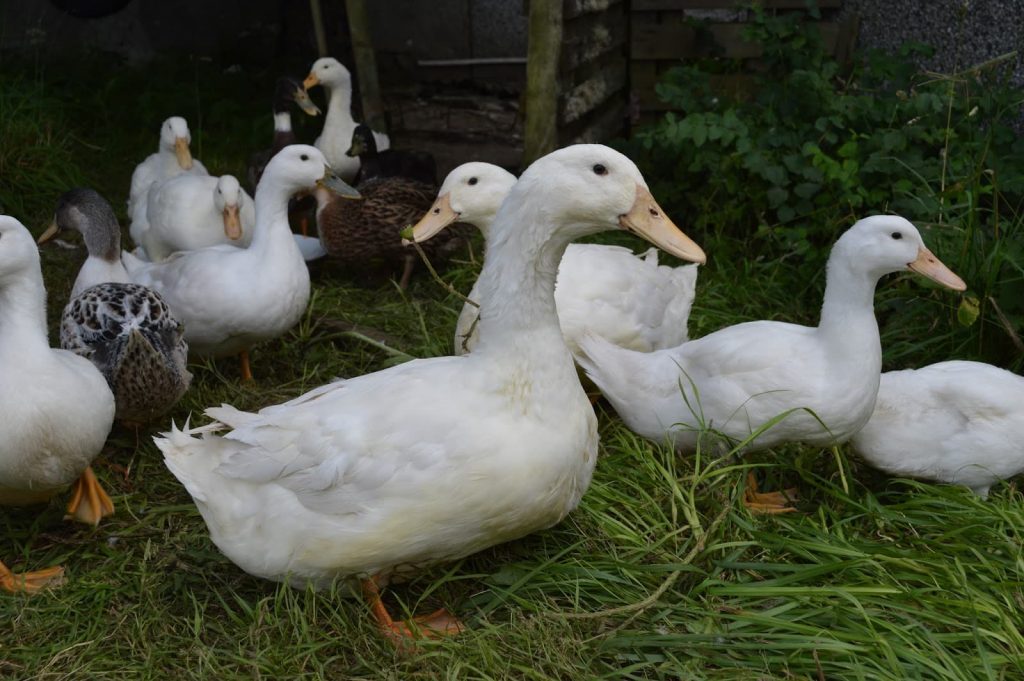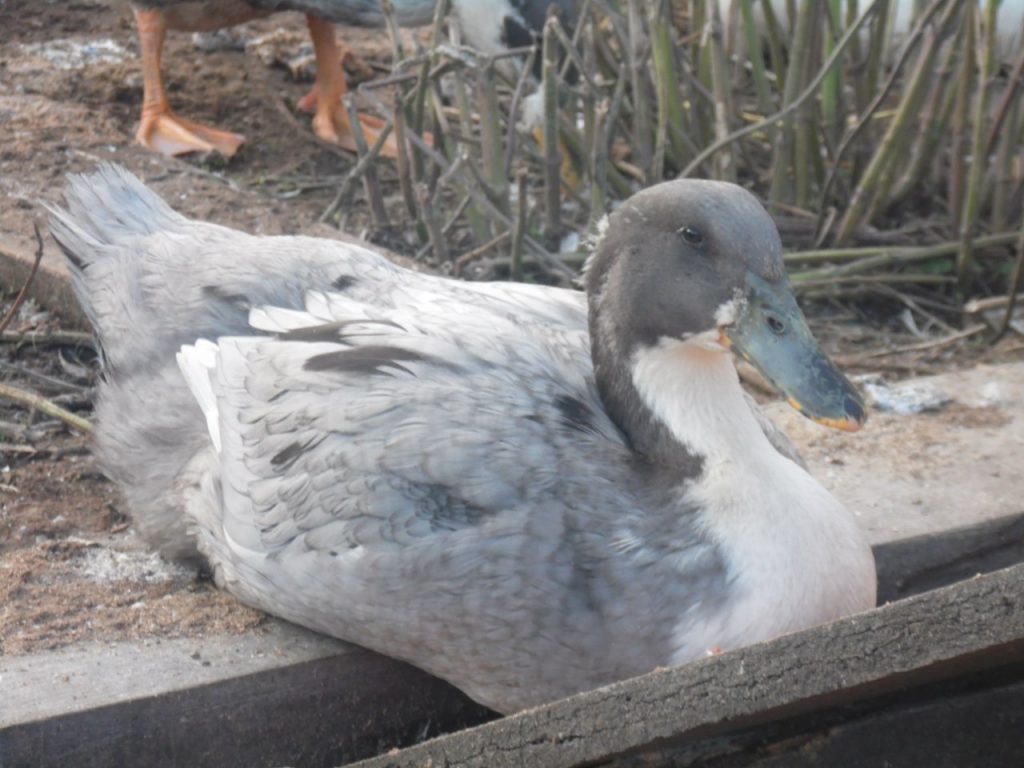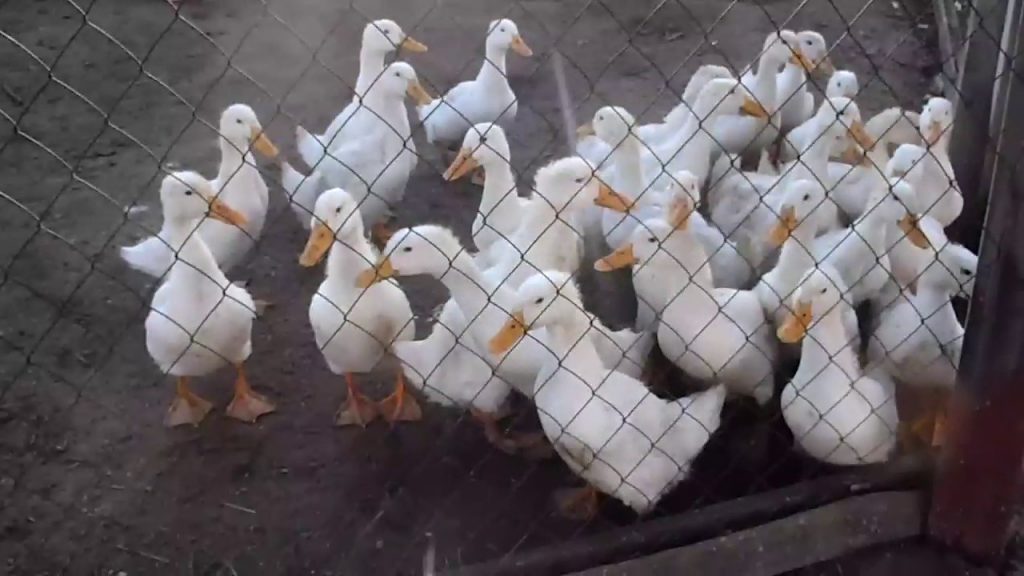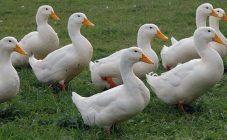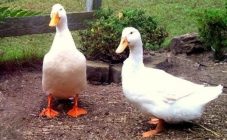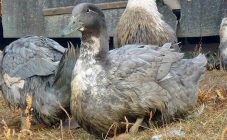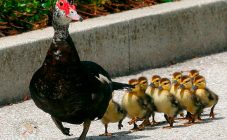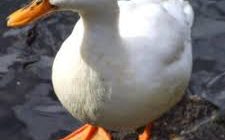Content:
Breeding ducks is the most profitable activity, since they are the earliest of all birds. They become fully mature after six and a half months. During this period, they are ready for mating and breeding. After four weeks of the incubation period, the young hatch from the clutch. For three weeks, young ducklings grow very intensively. For normal growth, you need to feed them at least two and a half kilograms of feed. In the second month of life, the ducklings already have a presentation and weight.
The history of the appearance
All broiler ducks are descended from the wild mallard duck, which was raised in captivity. Observing this duck, you can see that already in the third generation, its physiology undergoes significant changes. First of all, the size of the body increases, the gait becomes awkward, the color of the feathers changes, and the white collar of the drakes increases.
If you observe modern domestic broiler ducks, you can find many similar anatomical features that are found in the mallard. In addition, all broiler ducks can interbreed with each other so that their offspring grow up healthy and fertile. Having considered all these signs, it is safe to say that the progenitor of the broiler duck is still the mallard, it did not descend from several species of wild breeds.
Broiler ducks breeds
There are several subspecies or breeds of broiler ducks, which one to grow is up to the farmer himself. Among the total number of breeds, the most popular should be highlighted.
Mulard
This breed came to Russia from France. Birds are distinguished by their dietary meat, with a low fat ratio. They grow quickly and are unpretentious in content. For good growth, ordinary pasture will be enough for them. The only thing that saddens is that it is necessary to hatch the chicks artificially, or rather by crossing a musky drake with a Peking duck. In this case, Mulard will inherit a large number of muscles from his father, and a rapid increase from his mother.
Cherry Valley
These birds are very popular in farms already because they gain weight more than three kilograms already in the third month of life. Upon reaching maturity, the duck is able to lay over one hundred and fifty eggs throughout the year.
Blagovarsky
Individuals of this breed gain weight up to four kilograms already at the eighth week of life. During this entire period, young animals eat at least three kilograms of well-prepared feed. The meat tastes very tender.
Medeo
A bird can gain more than two kilograms of weight, provided that it is properly cared for. In addition, it is highly productive. For a year, one laying hen produces at least one hundred and fifty eggs.
Agidel
The most unpretentious, but at the same time the most productive breed of broiler ducks. She is able to grow with poor maintenance, despite this, the laying hen will give about two hundred and forty eggs throughout the year. In six months, the bird grows by three kilograms of weight.
Peking breed
The Peking broiler duck remains the most popular in Russia. It is she who is the basis for breeding new breeds of broilers.
The birds of this breed are slightly smaller than other species, but, nevertheless, the female weighs about three and a half kilograms, the male grows four kilograms.Juveniles gain more than two and a half kilograms throughout the month.
If you liked the Peking duck, the broiler description of the breed will help you understand what is needed in order to grow it. Birds of this breed are distinguished by their large head sizes, beak, painted in a bright orange color. Their torso is wide, both from the back and from the chest. The neck is strong, firm, but not too long. The wings are strong and close fitting. The legs are set wide apart and are orange in color. The plumage of birds is pure white.
The peculiarities of the Peking duck are the high metabolism, which occurs due to the temperature of its body.
Due to the short intestines, food is quickly absorbed in birds. For this reason, they are constantly in need of feed. Only in this case will they gain mass and remain healthy.
Duck keeping
When keeping broiler ducks, it should be borne in mind that these birds are very fond of water and are able to breed a swamp in the place where they live and feed. Even installing vacuum drinking bowls will not help protect the room from splashing water. For this situation, there is a solution - to install an artificial reservoir, from which to make a long exit. When the ducklings walk from him, the water will drain from them.
In winter, it is very important to avoid mud and swamps in the house. This is to prevent the birds from freezing.
During this period, it is best to lay bedding in the room where the birds are located, and also give the birds less water. But in no case should they be completely deprived of drinking.
Breeding ducks
It is recommended to breed only purebred broiler ducks, as crosses quickly lose their quality.
There should be enough room for the birds in the house. You need to calculate the livestock, starting from the formula: 5 heads is equal to one square meter of the room.
In order for the eggs to be fertilized, the broodstock should be created in such a way that there is one drake for four females. This must be done based on observations of the male. If he is active, then three females will not be enough for him, and if you give five, then a large number of eggs will remain unfertilized.
If a brood hen will incubate the chicks, then the whole process of breeding and hatching of chicks should be left to “mother nature”. Before this, a place is prepared where the hen will sit. There are many more nest boxes than females. Thus, each of them will find a place for itself. Otherwise, they can sit in one nest and scatter eggs. There will be no sense in this.
The female broiler has her own character, so she needs shelter in order to create the illusion of complete protection from the external environment. Hiding, the female thinks that no one sees her, while she herself sees everyone. As soon as the bird chooses a shelter for itself, it begins to rush directly to the bare ground, along with this the bird will begin to build a nest. Therefore, you need to constantly add straw and grass to the room. Thus, the duck will soon build a full-fledged roost.
When the hen sits on the nest, it becomes quiet and leaves the shelter only once a day to eat. During incubation, the female throws out those unfertilized eggs from the nest. Ducklings hatch from eggs throughout the day. The duck sits on the nest until the last baby hatches. In order not to lose the first ducklings, they must be taken away from the mother. The reason is that fidgets, having dried up, go for a walk, and a predator can eat them.
For reproduction, you can use an incubator.There are two types of them: automatic, which turns eggs on its own, and an old ordinary apparatus with a manual way of turning eggs.
Raising ducklings
Growing broiler duck at home is as follows. In order to feed broiler ducklings, first of all, you need to take care of their proper nutrition, cleanliness of the room and a reasonably set temperature. Up to fifty-five days, broiler ducklings need to maintain a temperature of thirty-two degrees, gradually reducing it.
A duck brood can be released into the reservoir only after three weeks of their life. Proper feeding of the chicks is important. It should also be understood that in the first days of life, feed should be given every two hours. With age, babies are transferred to five, and then four meals a day. Further, adults are fed three times a day. Thus, the chicks are gaining momentum in growth.
You need to know how to feed broiler ducks properly.
The diet of chicks should contain mash:
- curdled milk;
- cottage cheese;
- return
For older broller ducks, prepare:
- potatoes;
- dandelion;
- nettles;
- clover;
- fish fat;
- eggshell;
- meat and bone meal.
Thanks to this menu, ducklings grow very quickly and gain weight.
Advantages and disadvantages of the breed
There are advantages and disadvantages when raising broiler ducks of the Peking breed.
The advantages include:
- good health of both young and adult birds;
- unpretentious content.
The disadvantages include:
- broiler duck does not tolerate high humidity;
- from this breed of birds bad hens, so you need to look for ducklings "mothers" from other breeds.
Basically, Peking ducks are well suited for growing and breeding, because they have excellent taste and are unpretentious in keeping. The only condition is proper care and providing the birds with plenty of food.
